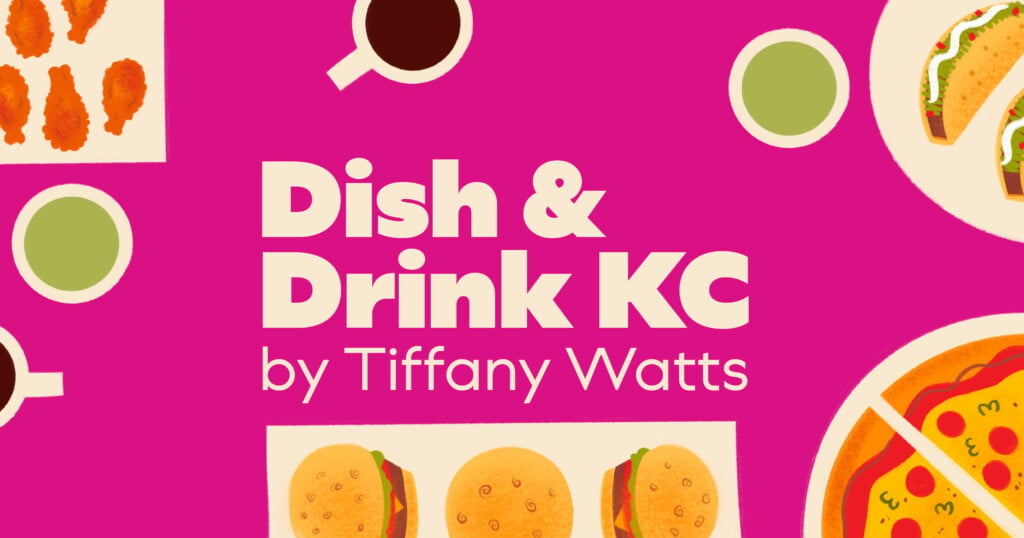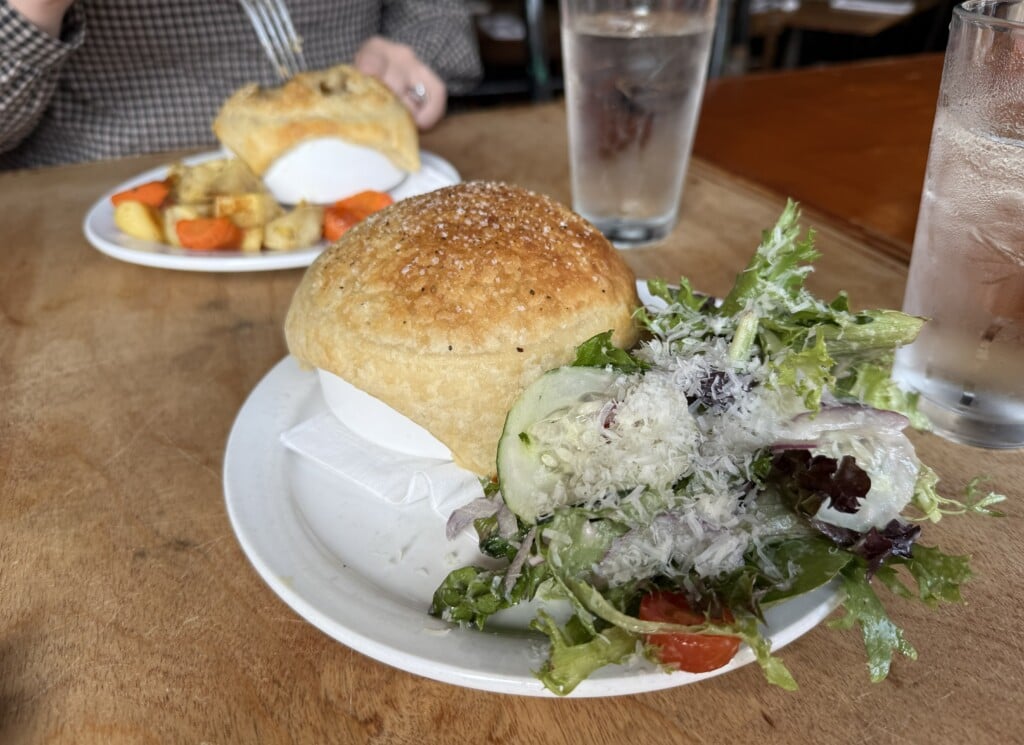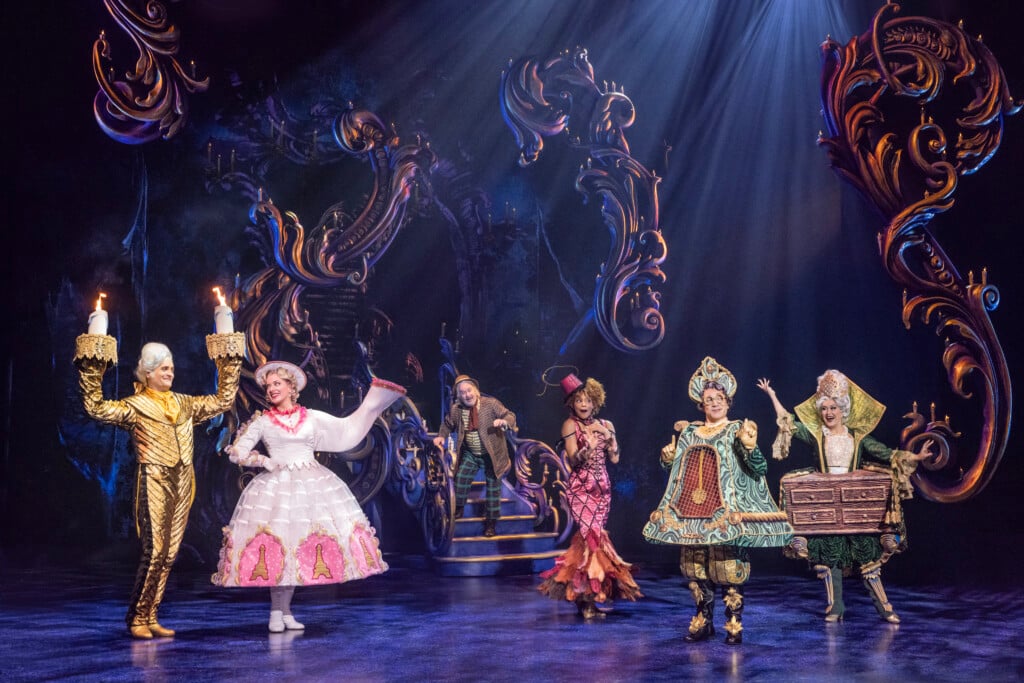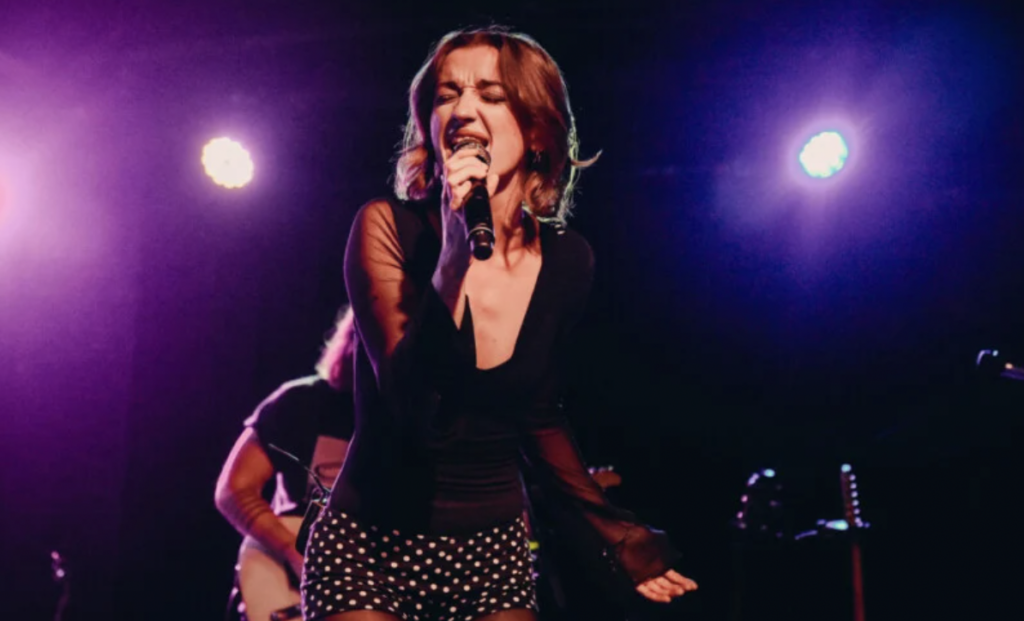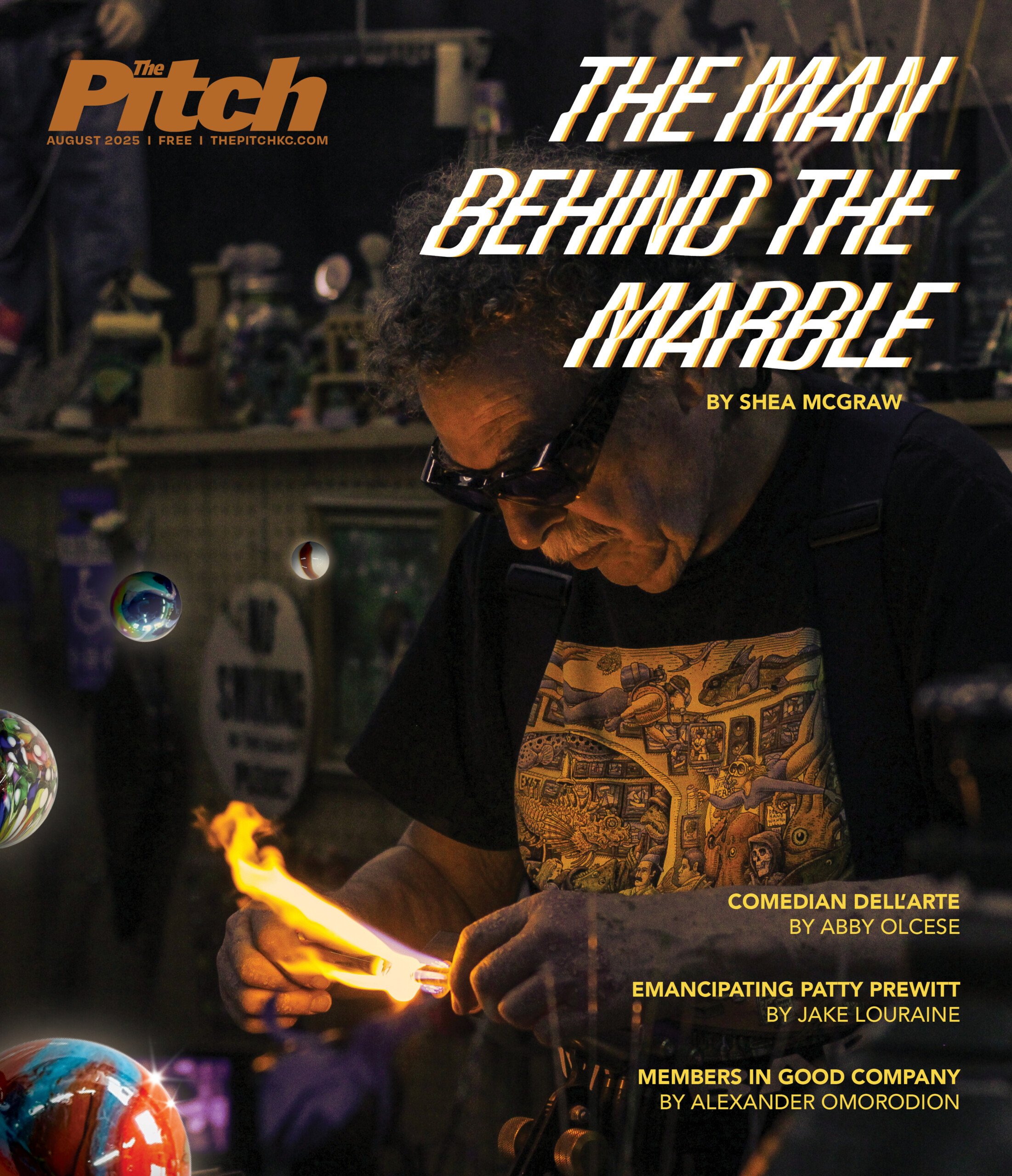Sturgill Simpson continued to redefine country music last night at the Midland

Sturgill Simpson
Arvest Bank Theatre at the Midland
November 2, 2016
It’s been nearly two years since Sturgill Simpson stopped at Knuckleheads just following the release of Metamodern Sounds in Country Music, a sold-out appearance during the tour that laid the groundwork for the singer-songwriter’s explosive artistic and commercial growth. Last night, Simpson played to a different sold-out audience: about 3,000 people at the Midland. And he brought with him an extraordinary backing band that included a vibrant, blasting horn section and a keyboard player. These elements may not sound revolutionary, but for country music, they count. Simpson’s style now blurs the lines between country, soul, funk and blues, allowing him to push the Kenny Chesney cow-bro model toward what modern country music can — and should — sound like.

Simpson began his set promptly at 8:30 (there was no opener) to a capacity crowd, which packed full every section of the venue from the stage to the normally vacant top balcony and back down to the bar (which did brisk business last night for Simpson’s beer-loving audience). A number of hotel shuttles pulled up in front of the venue prior to the show, suggesting that a fair number of fans had traveled some distance to see their man.
Depending on the night, Simpson can be a bit gregarious. This was not such a night. He uttered a few clipped sentences between songs but most often moved from one song to the next almost immediately, with no time even for applause. The addition of the horns and the organ to Simpson’s sound made an immediate impression that lasted through the night — his sound is bigger, bolder and more soulful. Simpson’s distinctive singing (he sounds a lot like Waylon Jennings) means there’s no confusing him for anything but a country artist, but he’s clearly unafraid to defy convention and give voice to influences atypical for Nashville.

The first half of Simpson’s two-hour-plus set featured a few covers in addition to songs from Metamodern as well as his debut, High Top Mountain. The raucous, chatty crowd sang along and danced, arms in the air, to everything he threw at them. Early highlights included a rowdy performance of “Long White Line” (complete with extended guitar and horn solos), an LSD-tinged “Living the Dream” and the the honky-tonking “Railroad of Sin.” The latter also provided ample opportunity for impressive guitarist Laur Joamets to show just how his fingers can fly. His interplay with Simpson (who stuck mostly to rhythm) was one of the finest aspects of the performance.
The second half of the set principally featured material from Simpson’s most recent effort, A Sailor’s Guide to Earth, the genre-busting, semi-autobiographical account of a sailor writing home to his family. (Simpson once served in the Navy.) The song that has perhaps gotten the most attention is his dirge-y cover of Nirvana’s “In Bloom,” which was slowed last night to a crawl, the better to demonstrate Simpson’s honey-dripped voice.
With its slowed tempo, that song may have been one of the easiest to understand — Simpson’s vocals were often low in the mix, though the sound improved the closer you moved toward the stage (and the farther you got from the bar). But the audience seemed not to care much for the details; they were here for how the show felt: rowdy and fun, with plenty of extended jamming and guitar solos. The band turned the ornate Midland into a little bit of a honky-tonk, if just for the evening.
 It defies understanding why Simpson has had such a checkered relationship with the Nashville establishment. He authentically embodies the rebellious, defiant, lusty, work-hard-play-hard ethos that Nashville markets to death. Yet his fuck-you-Nashville-for-ignoring-real-country attitude ultimately seems to have served him quite well. He gets to produce his own records. He rarely gives interviews, and then only on his terms. Tickets to last night’s show were around $30, a price point that left his fans plenty of money for beer and merch — one of the many factors besides the music itself that explains his popularity. He gave last night’s audience just about everything they could have hoped for. And he’ll need a bigger venue next time.
It defies understanding why Simpson has had such a checkered relationship with the Nashville establishment. He authentically embodies the rebellious, defiant, lusty, work-hard-play-hard ethos that Nashville markets to death. Yet his fuck-you-Nashville-for-ignoring-real-country attitude ultimately seems to have served him quite well. He gets to produce his own records. He rarely gives interviews, and then only on his terms. Tickets to last night’s show were around $30, a price point that left his fans plenty of money for beer and merch — one of the many factors besides the music itself that explains his popularity. He gave last night’s audience just about everything they could have hoped for. And he’ll need a bigger venue next time.

